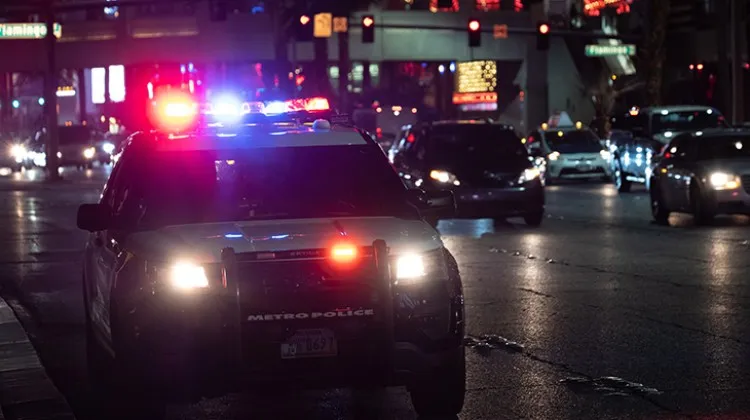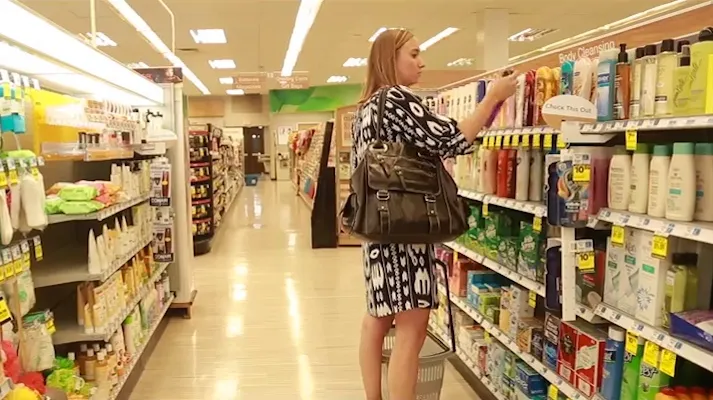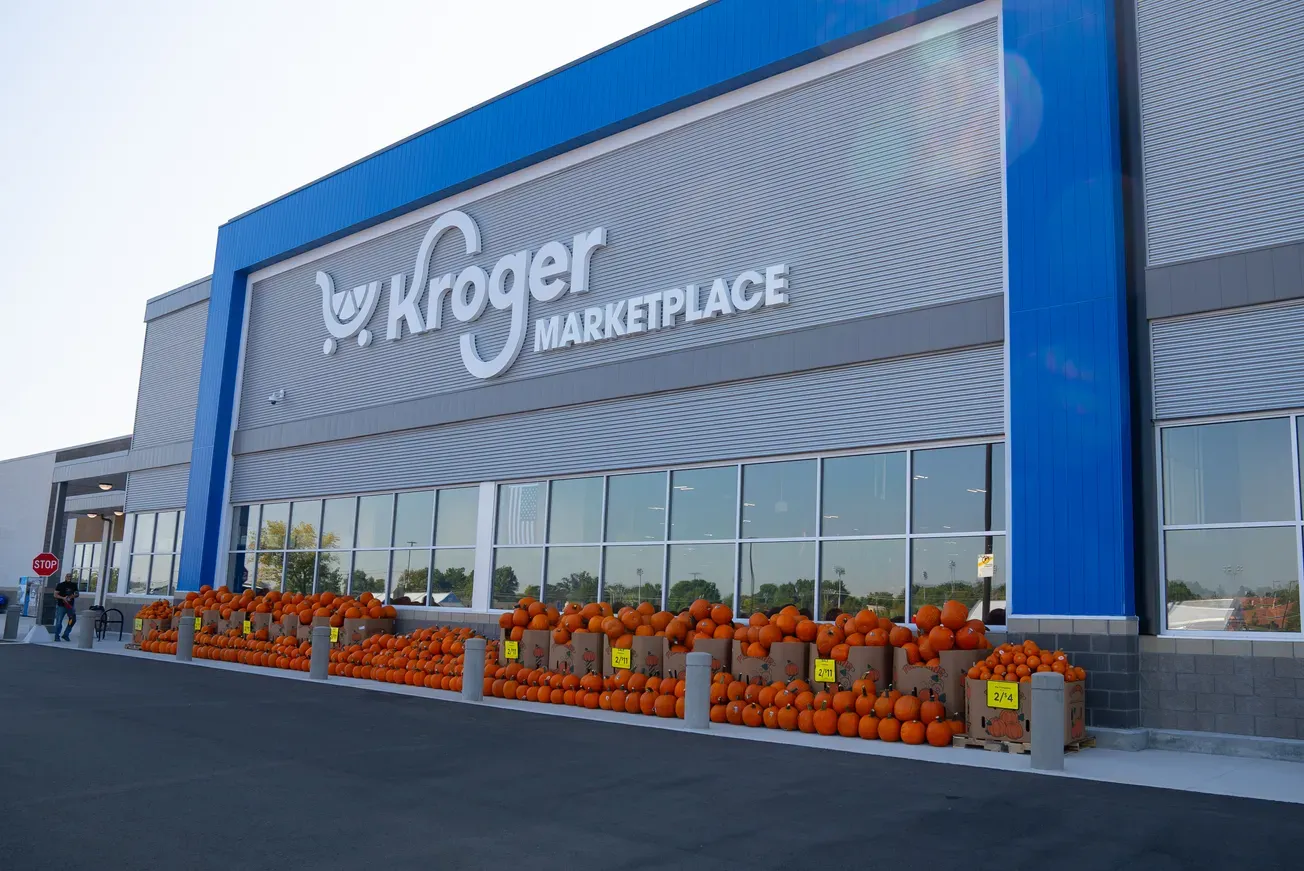Retail shrinkage is a challenging topic for me to write about, not just because anytime I see or hear the word shrinkage, I can’t help but think about the Seinfeld episode focused on poor George, a cold swimming pool and an ill-timed “exposure” to a fellow house guest. It’s difficult because, among the multiple contributors to retail theft, there is an increase in individuals practicing good old shoplifting, and those people include our friends and neighbors.

Steve Robbins
According to the National Retail Federation (NRF), internal employee theft represents 28.5% of the total, and the impact of organized retail crime (ORC) and shoplifting is 37%, so nearly two-thirds of total retail shrinkage is people looking to steal. And contrary to the news coverage and viral video of brazen bike-riding members of ORC teams, most who are stealing are employees or individuals. And the NRF survey of retail loss prevention and security executives indicates that for 74% of these professionals, the risk of non-ORC external thieves is growing.
Retail theft is a big problem. The U.S. represents about $42 billion of global retail theft’s $100 billion estimate. $42 billion. To put that figure in perspective, the annual NIH budget is $45 billion, and the 2020 budget for foreign economic and military aid was $51 billion. According to Wikipedia, 36 state budgets are at or below $42 billion, a significant figure. Target has estimated that shrinkage in its stores will reach $1.3 billion this year, a 62.5% increase over last year. Think about how many of Target’s vendor partners don’t have annual revenue of $1.3 billion. Consider what the equivalent of a state budget or the NIH’s annual funding could do to improve the retail experience or fund retailer-driven charities.
Not surprisingly, many retailers seem committed to addressing the problem by making accessing many of their in-store products more difficult. Both CVS and Walgreens have put more categories in locked cases, and Walgreens is testing a store format that has two aisles of essentials accessible, and the rest of the store is made up of kiosks where you place orders, and someone in the back picks and packs your products. And just so you know where this is happening, many of these measures are coming to the stores in your suburban neighborhood, not just to urban stores or stores in rural Appalachia.
We all lose when retail theft goes unchecked. By using locked cases, restricting product accessibility and deploying additional security measures, retailers are making a clear statement: They’re willing to sacrifice convenience for loss prevention. However, these solutions create an impersonal and often inconvenient shopping experience that also drives up operational costs, which can further push up the prices. Reducing convenience at physical stores will likely drive continuing increase in e-commerce, and many chains will lose sales to today’s Amazon and Walmart.
I recently caught up with a friend who works in her family’s business spanning dozens of food/drug retail outlets. I asked her about retail theft at my local store, which sits in a retail cluster with a CVS a few doors down and a Walgreens across the street. I asked her if she is seeing increases in theft, and she told me that since they launched self-checkout they have seen double-digit theft increases at my store, in a town 50 miles from New York City where people come to buy antiques and sample the local cider. She also told me that the “excuse” they get when they engage a shoplifter in this particular store is, “I wanted it, didn’t like what you were charging, so I just took it.”
It is time to confront the uncomfortable truth that retail theft is not just the work of professional thieves or people living in desperate situations. It’s also done by our friends, neighbors, and colleagues — people we’d never suspect, People who are getting more comfortable in a world of their own morality. This reality invites a collective introspection into the deeper societal issues that drive such behaviors: social alienation, lack of moral education, a sense of entitlement, and more.
The scale of the problem may be overwhelming, but it’s necessary to address it holistically and socially, not just commercially. Because, as the saying goes, “We have met the enemy, and he is us.”
Ultimately, it’s not just about preserving retail profits or maintaining the convenience of shopping — it’s about fostering a society in which stealing from one’s neighbor, whether that neighbor is a multinational corporation or the family next door, is seen as entirely unacceptable. Retail theft may seem like a commercial issue, but it is a mirror reflecting our society’s values and the integrity of our communities.
We are not separate from the world of retail — we are part of it, and what happens within its confines echoes in our daily lives. It’s time to change the narrative, address the underlying issues, and steer toward a future where shrinkage is an exception, not the norm.
Steven Robins is managing partner and principal at the New England Consulting Group.









